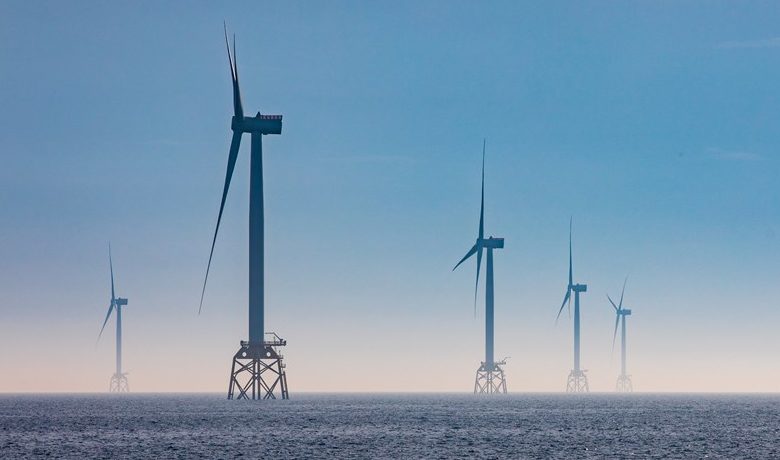Allianz warns of growing risks amid ‘epic’ offshore wind growth

German insurance firm Allianz has warned that the offshore wind market must be wary of many challenges and learn from past losses in the midst of an ‘epic’ global offshore wind roll-out.
More than 99% of the total global offshore wind installation is in Europe and Asia-Pacific today, but the US is investing heavily in this sector and China has overtaken Europe as the world’s biggest market, with half of the world’s offshore wind installations in 2023 expected to be in the country.
In 2022, 8.8GW of new offshore wind capacity was added to the grid with global installed capacity reaching 64.3GW. Around 380GW of offshore capacity is expected to be added across 32 markets over the next ten years, according to the Global Wind Energy Council, with half of that growth expected to come from the Asia Pacific region.
Allianz noted in its new report named ‘A turning point for offshore wind’ that offshore wind growth ambitions are huge but spiralling costs have halted major wind projects recently and the industry is impacted by inflation, capital expenses, rising interest rates, and geopolitical instability.
Furthermore, the cost of materials and vessel hire has risen and supply chain bottlenecks, lengthy permitting procedures, and delays to grid connections are also exerting pressure on the industry.
“The scale and scope of the global offshore wind roll-out is epic. It requires the expansion of the manufacturing footprint, port facilities, and infrastructure,” said Adam Reed, global leader for offshore renewables and upstream energy at Allianz Commercial.
To grow further, the sector must walk hand in hand with new emerging technologies. In its report, Allianz pointed towards novel approaches like energy islands which share power between grids and nations and multi-purpose wind farms that produce green hydrogen or house battery storage facilities.
The insurance firm explained that pilot projects such as the offshore logistics drones from EnBW explore the use of drones for maintenance and repairs of turbines, reducing the reliance on helicopters and humans. Also, the industry is seeing the development of leading-edge floating wind technologies in deeper ocean waters being poised for commercialization.
All these tech innovations come with a risk factor involved, according to Wei Zhang, senior risk consultant for natural resources at Allianz Commercial.
“These new and unproven technologies often come with a lack of technical maturity and data available. By partnering with clients in the early stages of projects, and exchanging knowledge and learnings, all parties will gain a greater understanding of the exposures involved,” Zhang said.
Another challenge for the industry according to Allianz is its ‘bigger is better’ approach. In the last 20 years, heights have nearly quadrupled – from around 70m to 260m – while rotor diameters have increased fivefold in the past 30 years. Capacity has the same story. Wind turbines with capacities of 8 or 9MW are common, but newer models reach 14 to 18MW with a project in Australia planning to use 20MW turbines.
The availability of specialist vessels is also a problem for the offshore wind sector, Allianz believes. A bigger fleet globally is needed that goes beyond Europe as a current primary location including installation, jack-up and support vessels. At the same time, the growing number of turbines and offshore infrastructure is increasing the likelihood of vessel collision which has already seen an uptick in incidents in recent years. This will be a growing concern as 2,500 wind turbines are due to be installed in the North Sea alone before 2030.
From an insurance standpoint, in Germany and Central Eastern Europe – one of its largest offshore wind insurance markets – Allianz has seen 53% of offshore wind claims by value from 2014 to 2020 relate to cable damage, followed by turbine failure as the second maj
